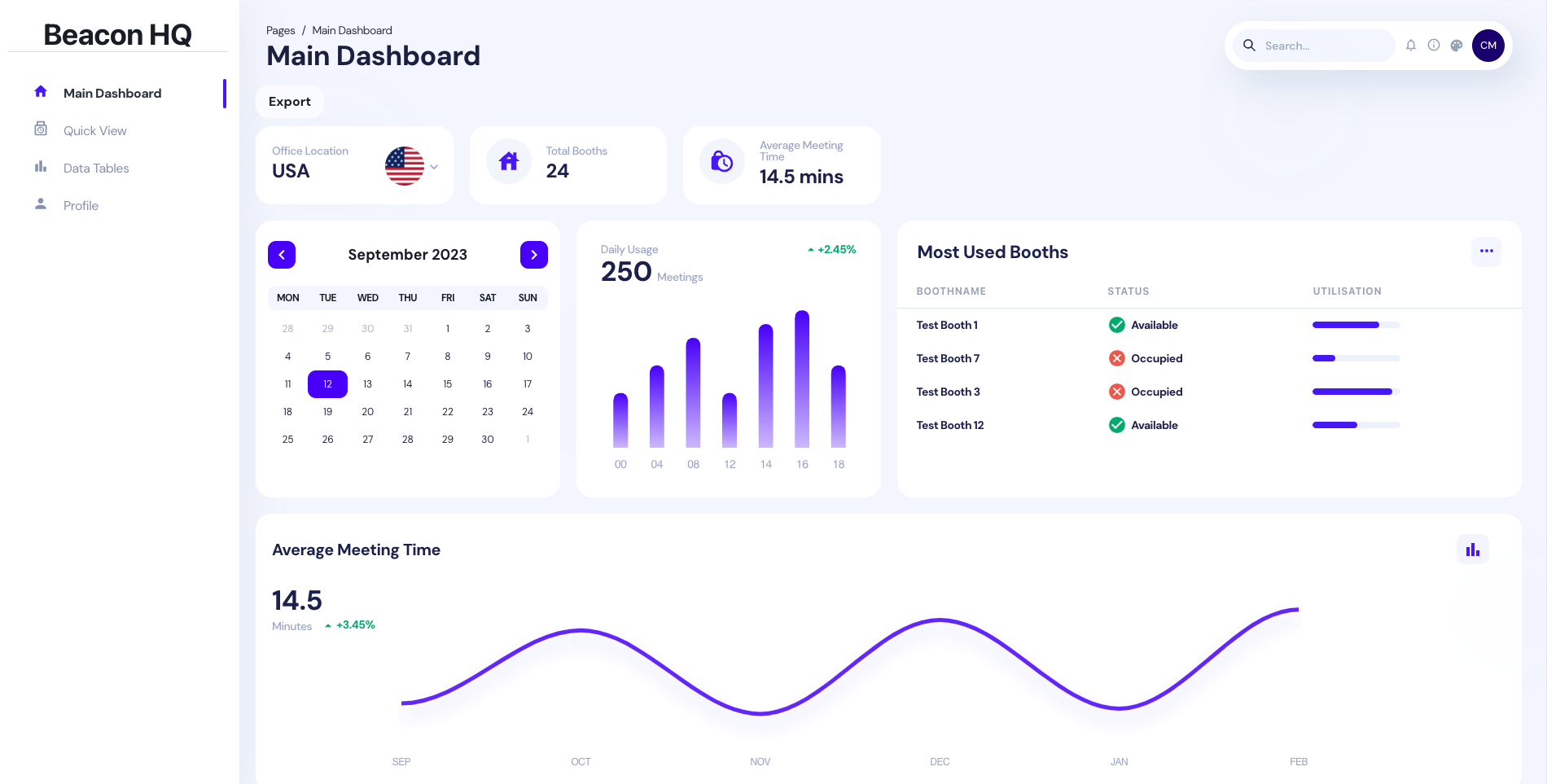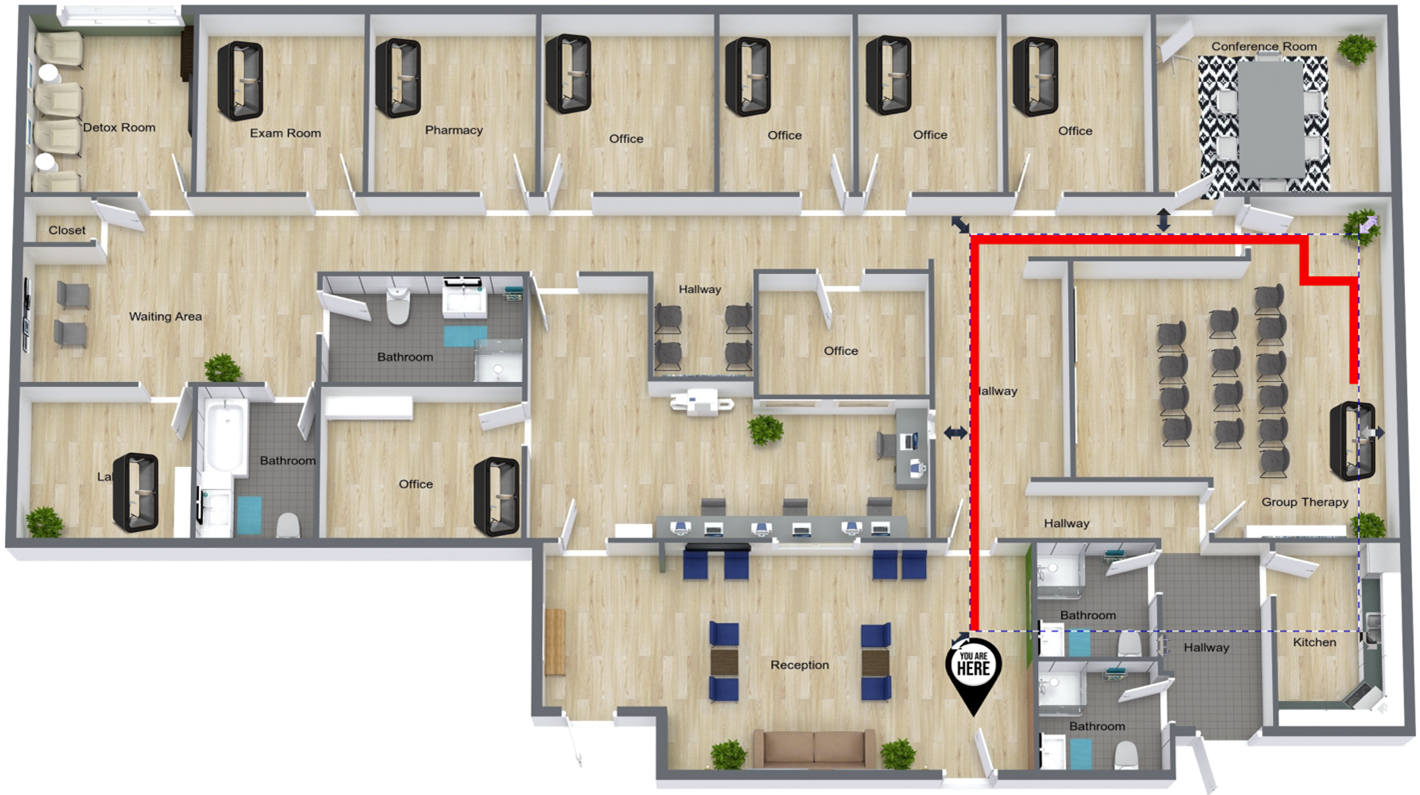Our Company
Hamilton Robson is a technology company, specialising in audio visual and software development.
We create unforgettable experiences and solutions for ultramodern spaces.
Useful Links
Menu
A hackathon is all about the experiences we make, and by that, we mean enhancing workflow using available technologies and tools to achieve our business goals effectively. That’s why the software team here at Hamilton Robson decided to organise their very own hackathon.
Hackathons are events that can be hosted internally (like ours) or externally by a technology-based company or organisation, where software engineers, developers and programmers can get together and collaborate on a specific project. To make things more exciting, they often come with a competitive twist, where teams must complete a project within a set time frame and prizes up for grabs! But beyond the competition, hackathons are a fantastic platform for collaborative problem-solving.
There are many benefits of running internal hackathons. They can be catalysts for out of the box thinking. This fosters innovative approaches and solutions from various perspectives, showcasing exceptional talents and skills of our engineers. It also allows individuals from different teams to get an awareness of the project the hackathon is based around.
Additionally, when solving a problem like this one, there are many ways in which it could be interpreted. By involving more people in the process, we open the door to fresh ideas and insights, enriching the discussion and problem-solving experience.
This years hackathon was based around our current product, Beacon IQ. This product is a large scale IOT offering to create smarter ways to manage office spaces. The software team at Hamilton Robson have recently been working on producing a new version of this with an API that will help customers build out more sophisticated analytics, dashboards and custom apps. We therefore came up with a theme for our innovations – ‘Data Visualisations’. Each team was provided with API access to the large amount of IOT data we receive, with the goal to create cool new ways to view and interact with the data.
The teams were briefed with information on the data, the problem, and any specific project knowledge they may need to know the day before the hack. This allowed everyone to begin thinking of some ideas beforehand, then, on the day everyone had a cleared schedule to focus on something amazing!
When the team starts to arrive at our Belfast office, everyone is briefed again on the agenda for the day. With a great selection of snacks and drinks presented for the team, setting the stage for an enjoyable break from the usual office routine.
We had 8 projects submitted in total and it was amazing to see the range of tools and technologies used to create some unique visualisations. Although everyone had access to the exact same data, the result was a diverse stack of ideas at our teams disposal. We had our team working with tools like Unity, typically used to make game, and Inkscape, which is used to make rich interactive graphics. Right through to web applications built in React and Next.js using component frameworks like tailwind and chakra to build out interactive dashboards.
Senior Engineer, Chloe, explains how she came up with her new dashboard application. “My application has two main purposes: one part was to provide a display within an office that offers a quick way for people to view vacant meeting rooms. The second feature was an admin level dashboard that provided insights into meeting room utilisation per office location, including information like average meeting time, frequently used offices and the ability to export reports for a specific date period.”

Other fantastic ideas from the team included Philip’s interactive map to show booth availability. He explains, “the idea was to have a pathway appear from your current location to a free booth. For this reason, I used the software Inkscape to import suitable images and change the view by hiding and showing various objects.”

Additionally, it was great to hear ideas from our recent graduate software engineers, Steven and Bradley. Steven describes his unique concept as a webapp that allows businesses to see free booth availability numbers, “the aim of my application was to provide businesses the ability to monitor which offices had a high booth usage and which were lower.”
Bradley similarly came up with a dashboard display that would allow the user to see total locations, booths and active booths and included an interactive map. “I wanted the user to seamlessly click into a location and show booths in that area which are marked as available or unavailable.” He went on to say, “I learned a lot from the hackathon, it gave me a greater understanding of working with external APIs and utilising modern web development tools such as Next.js and Tailwind.”
While not all ideas during a hackathon can be put into action, the results that were achieved by the team propels these concepts onto the discussion table instead of becoming stuck in the backlog. Our summer placement student Yasmine noted, “I loved how the office had transformed into a space for all of us to collaborate and come up with creative and innovative ideas for Beacon IQ. Seeing what my colleagues came up with in such a short space of time was inspiring and motivating!”.
![]()
Hackathons can be of great use for a company and can promote a sense of generating value. The disruption to the working routine here in the office was a fantastic opportunity to give each of us a new perspective about our work, colleagues, and company.
Organiser and Head of the software team, Luke McNeice commented, “We have engineers in this company who have great ideas and talents, so organising a hackathon was a chance to put everyone’s ideas forward and add value and influence on an area they might not usually work on”.
Overall, it proved to be a great success that allowed us to thoroughly test the quality of the API, ensuring its reliability and functionality. We delved into capability and data testing, exploring the API’s potential to support a wide range of use cases, thus paving the way for innovative applications. By creating these diverse use cases, we not only inspired our customers with the API’s possibilities but also identified a few standout examples to refine further as exemplars.
Learn more about the product that inspired this hackathon here and reach out today for a demo to upgrade your office experience! Just fill out the form below.
Want to find out how the subject of this blog could help your business?
Our blended team of experts go over and above with our services to our customers, no matter what the challenge. Get in touch to find out how we can work together.
Hamilton Robson is a technology company, specialising in audio visual and software development.
We create unforgettable experiences and solutions for ultramodern spaces.
| Cookie | Duration | Description |
|---|---|---|
| cookielawinfo-checkbox-analytics | 11 months | This cookie is set by GDPR Cookie Consent plugin. The cookie is used to store the user consent for the cookies in the category "Analytics". |
| cookielawinfo-checkbox-functional | 11 months | The cookie is set by GDPR cookie consent to record the user consent for the cookies in the category "Functional". |
| cookielawinfo-checkbox-necessary | 11 months | This cookie is set by GDPR Cookie Consent plugin. The cookies is used to store the user consent for the cookies in the category "Necessary". |
| cookielawinfo-checkbox-others | 11 months | This cookie is set by GDPR Cookie Consent plugin. The cookie is used to store the user consent for the cookies in the category "Other. |
| cookielawinfo-checkbox-performance | 11 months | This cookie is set by GDPR Cookie Consent plugin. The cookie is used to store the user consent for the cookies in the category "Performance". |
| viewed_cookie_policy | 11 months | The cookie is set by the GDPR Cookie Consent plugin and is used to store whether or not user has consented to the use of cookies. It does not store any personal data. |